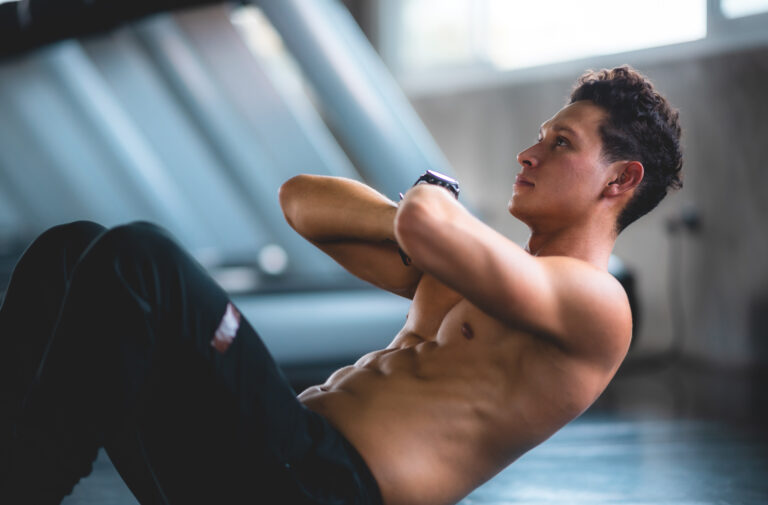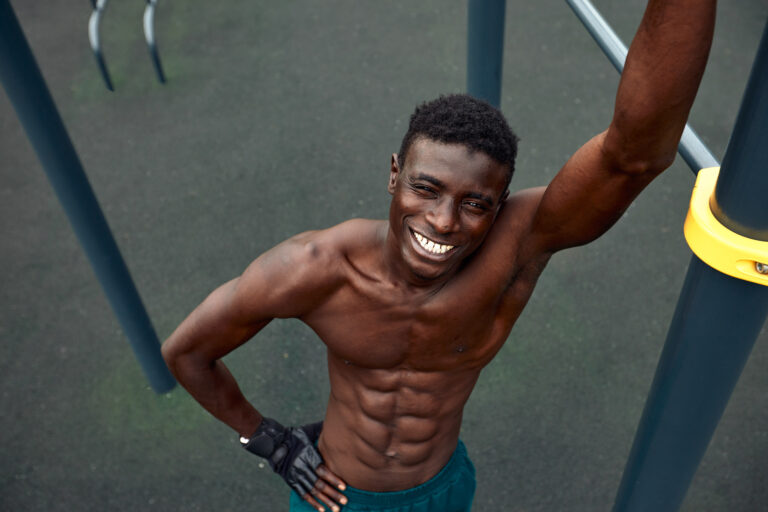What is the Buccinator?
The buccinator muscle, a critical component of facial anatomy, often goes unnoticed in discussions about fitness and muscle training. Despite its lesser-known status, the buccinator plays a significant role in various essential functions such as chewing, swallowing, and speaking. For athletes and fitness enthusiasts, understanding this muscle’s anatomy, functionality, and relevance can enhance performance and overall facial health.
Anatomical Description
The buccinator muscle is situated in the cheek area, forming part of the lateral walls of the oral cavity. It originates from the alveolar processes of the maxilla and mandible, as well as the pterygomandibular raphe. The muscle fibers converge towards the mouth, intertwining with fibers of the orbicularis oris muscle. This intricate arrangement allows the buccinator to perform its functions effectively.
Structurally, the buccinator consists of horizontal muscle fibers that create a robust yet flexible framework. These fibers are strategically oriented to facilitate the muscle’s primary actions. The upper fibers of the buccinator blend with those of the orbicularis oris, while the lower fibers merge similarly, ensuring coordinated movements. This anatomical setup is crucial for the muscle’s role in managing the pressure within the oral cavity during various activities.
The buccinator is connected to several adjacent muscles and facial structures, forming a network that supports complex facial expressions and movements. The muscle’s proximity to the masseter and the risorius muscles highlights its involvement in both mastication and expressions. This connectivity underscores the buccinator’s importance in maintaining the functional integrity of the face.
Functionality
The buccinator muscle’s primary functions are centered around its role in manipulating the cheek and oral cavity. One of its main actions is to compress the cheek against the teeth, which is essential during the process of chewing. This action prevents food from accumulating between the teeth and cheeks, ensuring efficient mastication and aiding in the initial stages of digestion.
In addition to its role in chewing, the buccinator is vital for swallowing. It helps propel the food bolus towards the pharynx, facilitating its passage into the esophagus. This coordinated movement is critical for the safe and efficient transportation of food, highlighting the muscle’s integral function in the digestive process.
Speech production also relies heavily on the buccinator. By controlling the movement and tension of the cheeks, the muscle assists in articulating sounds and words clearly. Its interaction with other facial muscles allows for precise modulation of airflow and sound, contributing to effective verbal communication.
Moreover, the buccinator significantly impacts facial expressions. It helps in creating expressions such as smiling and frowning by coordinating with other muscles around the mouth. This involvement in facial expressions emphasizes the buccinator’s role beyond basic functional activities, showcasing its importance in non-verbal communication and emotional expression.
Development and Changes With Age
The buccinator muscle develops early in life, playing a crucial role in infant feeding behaviors such as sucking and swallowing. As children grow, the muscle continues to strengthen and adapt to the increasing demands of speech and mastication. The development of the buccinator during childhood sets the foundation for its functions in adulthood.
As individuals age, changes in the buccinator muscle can occur. These changes may include a decrease in muscle mass and elasticity, which can impact its efficiency. The natural aging process can lead to a reduction in the muscle’s ability to compress the cheek and maintain optimal oral cavity pressure, potentially affecting chewing and swallowing.
Aging can also influence the appearance of the buccinator muscle. Loss of muscle tone and elasticity may contribute to the sagging of the cheeks and the formation of wrinkles. These aesthetic changes can affect facial expressions and overall facial aesthetics, highlighting the importance of maintaining muscle health throughout life.
Understanding these developmental and age-related changes is essential for addressing potential issues related to the buccinator muscle. Awareness of how this muscle evolves over time can guide strategies to maintain its function and appearance, promoting better overall facial health.
Health and Medical Relevance
The buccinator muscle’s health is vital for various aspects of oral and facial function. Several disorders can affect this muscle, impacting its performance and overall facial dynamics. One such condition is Bell’s palsy, a form of facial paralysis that can weaken or paralyze the buccinator muscle. This condition can hinder chewing, swallowing, and speech, significantly affecting an individual’s quality of life.
Muscle hypertrophy, or the abnormal enlargement of the buccinator, can also occur. This condition might result from overuse or specific medical conditions, leading to a noticeable bulging of the cheeks. While hypertrophy can enhance muscle strength, it may also cause discomfort and aesthetic concerns.
Dental and orthodontic conditions often involve the buccinator muscle. Malocclusions, or misalignments of the teeth, can alter the muscle’s function, affecting chewing and facial symmetry. Orthodontic treatments sometimes target the buccinator to improve bite alignment and facial structure, highlighting its significance in dental health.
Surgical and medical procedures may involve the buccinator muscle, especially in reconstructive surgeries and treatments for facial trauma. Understanding the muscle’s anatomy and function is crucial for successful surgical outcomes. Properly addressing issues related to the buccinator can enhance recovery and restore normal facial functions.
Maintaining the health of the buccinator muscle is essential for overall oral and facial well-being. Regular assessments by healthcare professionals can help identify and address any issues early, ensuring the muscle continues to perform its vital functions effectively.
Buccinator in Fitness and Physical Training
In the context of fitness and physical training, the buccinator muscle plays a unique yet significant role. Facial fitness, often overlooked in traditional fitness programs, can benefit from targeted exercises that strengthen the buccinator. These exercises can improve muscle tone, enhance facial aesthetics, and contribute to overall facial health.
Strengthening the buccinator involves specific techniques designed to activate and challenge the muscle. One effective exercise is the cheek press, where individuals press their cheeks inward with their fingers while simultaneously pushing them outward with the buccinator muscle. This resistance-based exercise helps build muscle strength and endurance.
Another beneficial exercise is the cheek puff, which involves inflating the cheeks with air and holding the position for a few seconds before releasing. Repeating this exercise can enhance the muscle’s ability to maintain tension and control, contributing to better facial muscle coordination.
The role of the buccinator in facial fitness extends to its impact on facial aesthetics. A well-toned buccinator can improve the appearance of the cheeks, reducing sagging and promoting a youthful look. This aesthetic benefit underscores the importance of including facial muscle training in comprehensive fitness routines.
Moreover, athletes can benefit from a strong buccinator muscle, particularly in sports that require endurance and control of facial expressions. Activities such as boxing, where athletes need to maintain a firm jaw and cheek position, can be enhanced by a well-conditioned buccinator. The muscle’s ability to manage oral pressure and support breathing can also contribute to better performance in endurance sports.
Integrating buccinator exercises into fitness programs can enhance overall facial health and aesthetics. These exercises are simple and can be performed without special equipment, making them accessible for individuals at all fitness levels. By prioritizing facial fitness, individuals can achieve a balanced and comprehensive approach to health and wellness.
Key Takeaways
The buccinator muscle is essential for various functions, including chewing, swallowing, and speech. Its role extends to facial expressions and aesthetics, highlighting its importance in overall facial health. Understanding the anatomy, functionality, and potential changes of the buccinator can guide effective strategies for maintaining its health through targeted exercises and medical care. Recognizing the significance of this muscle in both daily activities and fitness can enhance overall well-being and performance.









